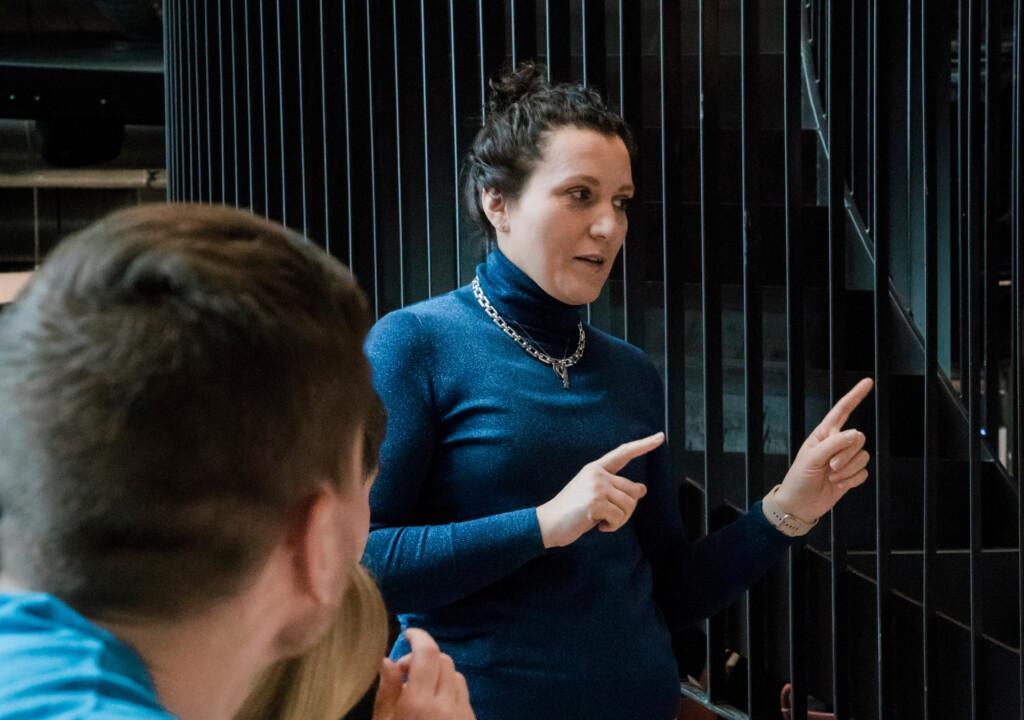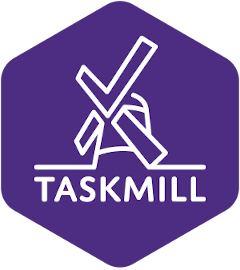Embarking on the agile journey, teams often stumble upon the mysterious realm of estimation. Picture this: you’re in an info session, and suddenly, you’re bombarded with terms like Fibonacci, user story points, planning poker, and t-shirt sizes. It’s like a whirlwind, and you’re left wondering how on earth these things can help you figure out your workload. Initially, it might not seem too appealing, and understanding the whole process and benefits of the estimation can be a bit tricky.
Getting started with estimations
To make a team a little more comfortable with the whole subject of estimation there are various estimation techniques teams can try out and adopt the one that works best for them. The most common ones include time, t-shirt sizes, and user story points.
Now, some teams take the straightforward path and start with days or hours. It sounds simple enough, right? Despite the fact, that everyone can handle concept of time, this approach often leads to frustration and here are a few reasons why:
- Hourly estimates don’t account for task complexity or different team members’ expertise.
- People tend to be overly optimistic and underestimate the time needed for tasks.

What is your size?
Other teams opt for the fashion-oriented t-shirt size method. It’s relatable, but it has its quirks, too:
- It’s not precise, relying on vague sizes rather than numbers.
- It doesn’t provide insight into the team’s velocity.
- Different folks might interpret sizes differently.
Whenever a new team asks me about the best estimation unit in my mind, without hesitation I usually recommend starting straight away with the User Story Points. They might sound like a mystical unit of measurement, but they’re, actually, pretty cool. Story points consider everything: time, effort, and energy required for a user story. It’s all about comparing new tasks to ones the team has conquered before, following the Fibonacci sequence. In my opinion, it’s the superhero of estimation techniques.
Steady wins the race
In the grand scheme of things, every team finds what works best for them. What’s effective in one project might not suit another. So, why bother with estimation at all? Well, remember the Agile Manifesto’s wisdom: ”Individuals and interactions over processes and tools.”
Estimation’s main goal, in my view, is to spark open dialogues among team members. Detailed discussions lead to a shared understanding of the work ahead.
And guess what? Estimation doesn’t have to be a dreaded marathon. Break it into bite-sized chunks, maybe tack on an extra 10 minutes to your daily meeting, and estimate a couple of user stories each day. Regardless of the units or frequency, just keep the conversation flowing, communicate clearly, and bring everyone onto the same page. It’s estimation made light and engaging!
